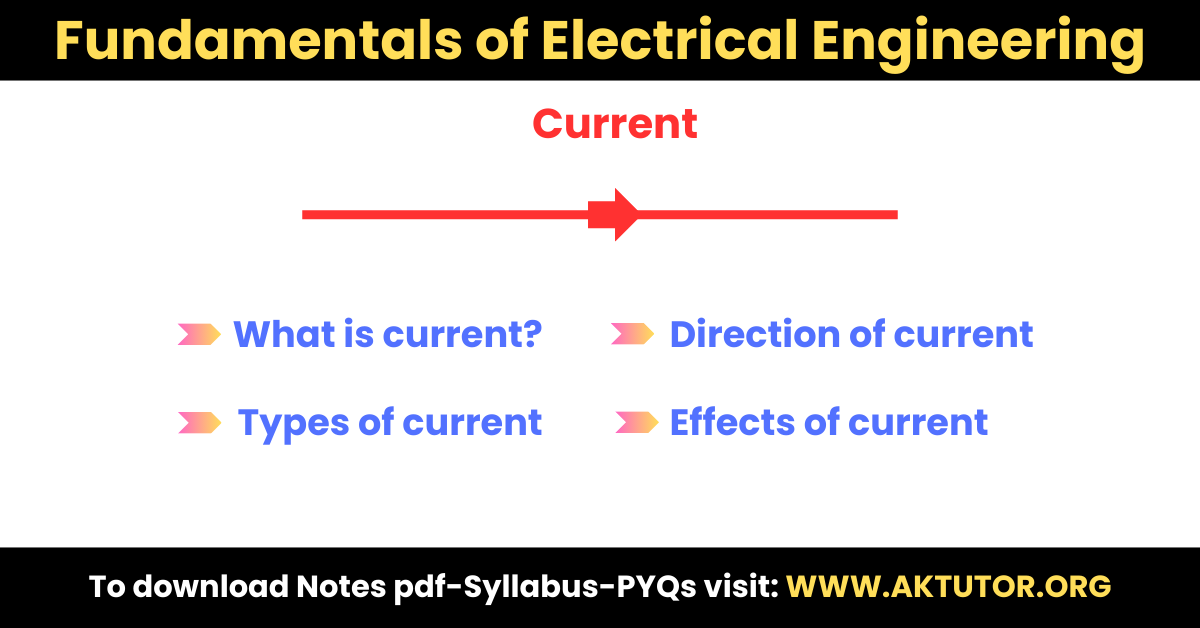What is electric current: Electric current (I) is the flow of electric charge through a conductor or medium. It is a fundamental concept in electricity and electronics and is measured in amperes (A). The flow of electric charge is typically carried by electrons in a conductor such as a wire.
Direction of Current:
- Conventional Current: Historically, the direction of electric current is considered to flow from the positive terminal to the negative terminal of a power source.
- Electron Flow: In reality, electrons, which carry the charge, move from the negative terminal to the positive terminal.
Types of Current:
- Direct Current (DC): The flow of electric charge is in one direction. Batteries and DC power supplies provide direct current.
- Alternating Current (AC): The flow of electric charge periodically reverses direction. AC is used for power distribution in homes and businesses.
Measurement of Current:
- Amperes (A): The unit of electric current, named after André-Marie Ampère.
- Instruments: Ammeters are used to measure the current flowing through a circuit.
Ohm’s Law:
- This fundamental law relates electric current (I), voltage (V), and resistance (R) in a circuit: ( V = I \times R ). According to Ohm’s Law, current is directly proportional to voltage and inversely proportional to resistance.
Effects of Electric Current:
- Heating: Electric current can generate heat in a conductor due to resistance.
- Magnetic: Electric current produces a magnetic field around the conductor, which is the principle behind electromagnets and transformers.
- Chemical: Electric current can cause chemical reactions, such as electrolysis.
Applications:
- Electric current is utilized in countless applications, including powering electronic devices, lighting, heating, and running motors.
Understanding electric current is essential for studying and working with electrical and electronic systems.
| Home | CLICK HERE |
| AKTU Official website | CLICK HERE |
